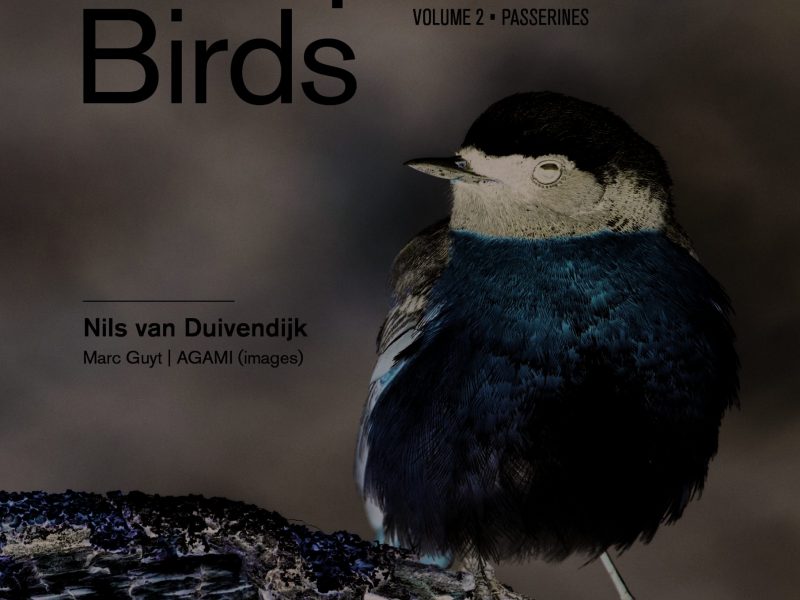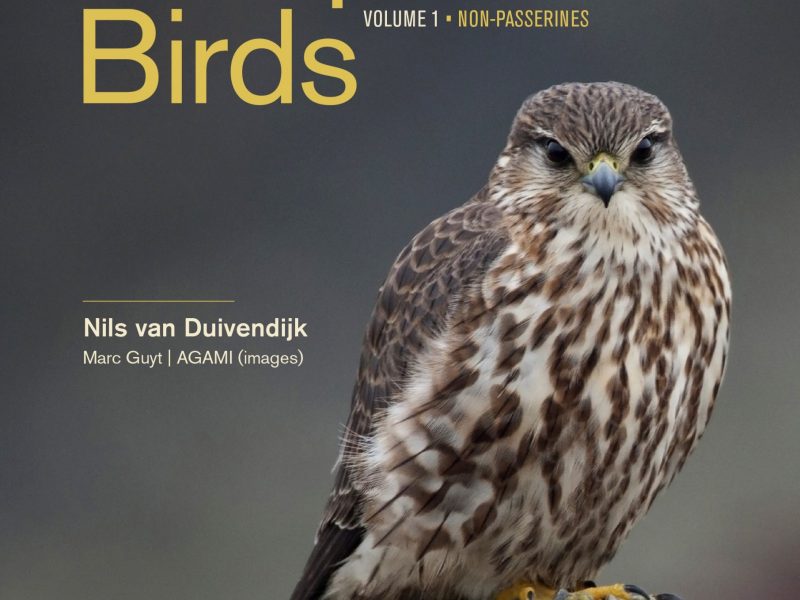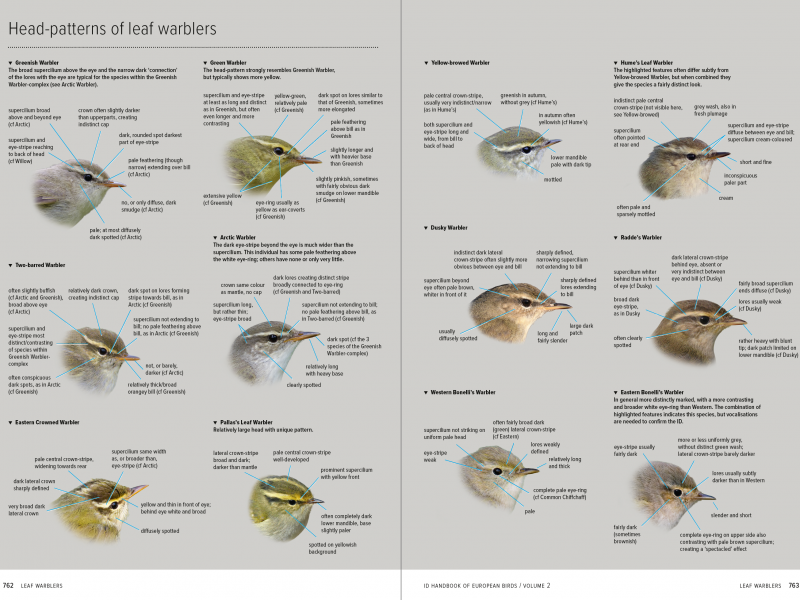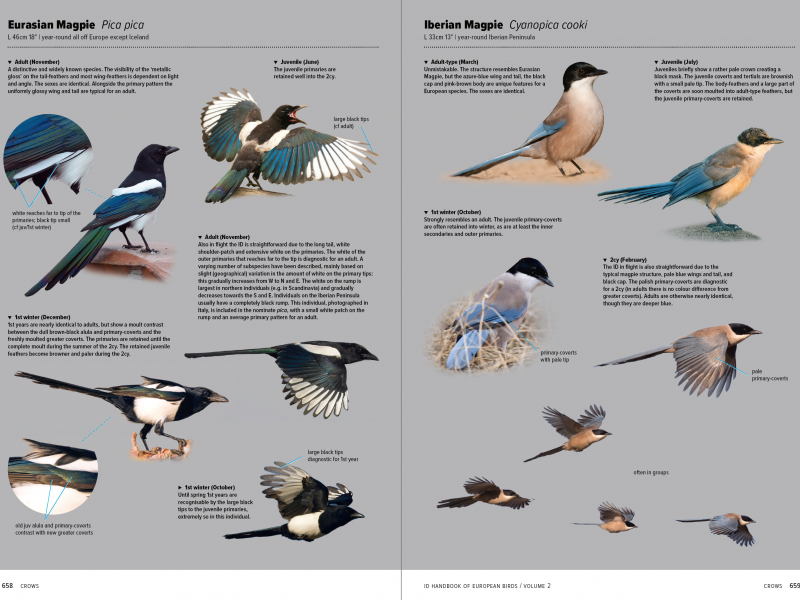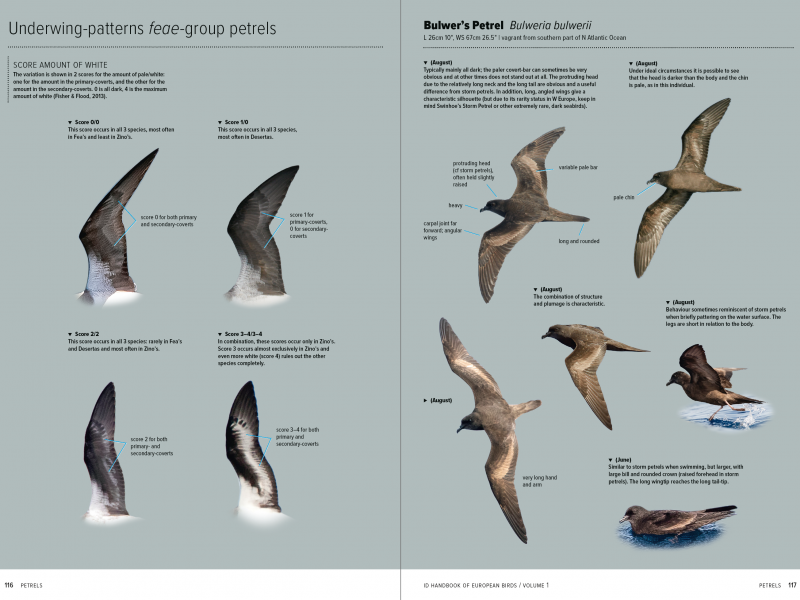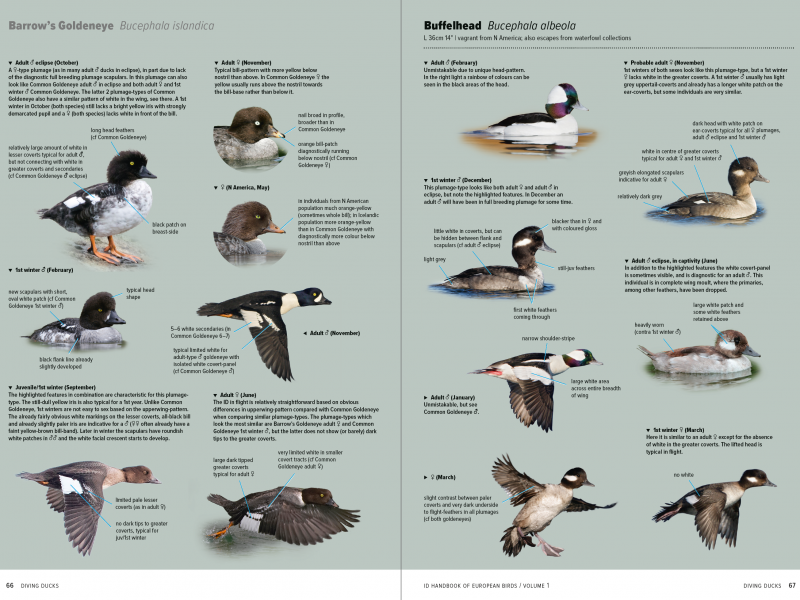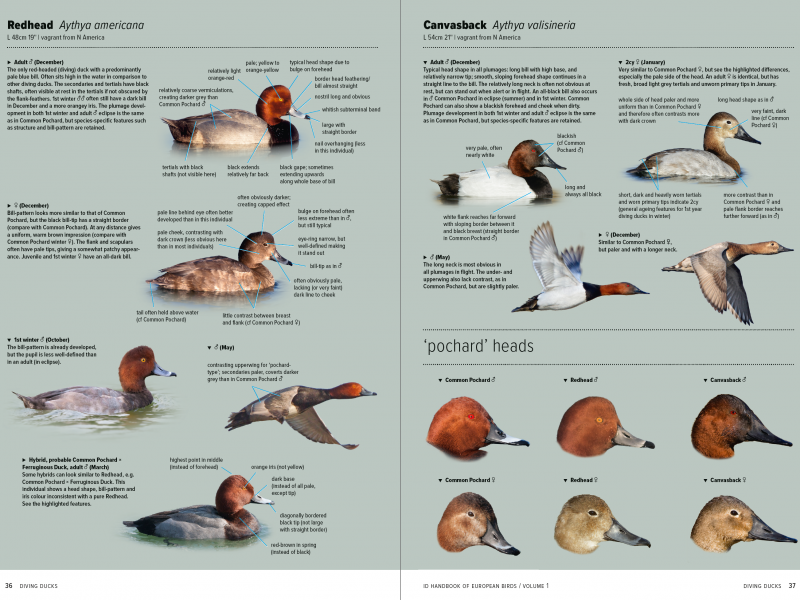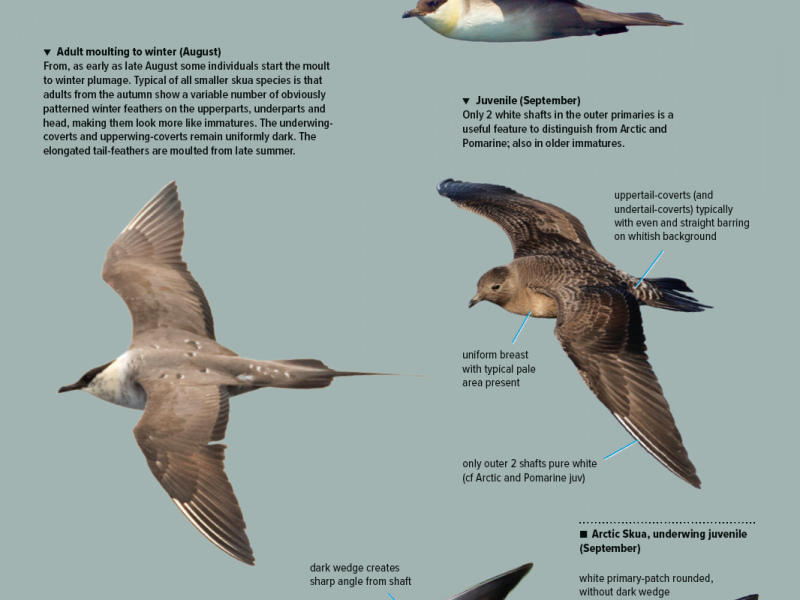An interview with Nils van Duivendijk on his book ‘ID Handbook of European Birds’ published by Princeton University Press. The book is published in 2 volumes. It was Birdwatch magazine’s Book of Year for 2024.
Nils van Duivendijk has been involved in birding since his childhood. It was in his younger years when his interest in ID started. Studies of the species of the Western Palearctic (Europe, North Africa and the Middle East) have since then led to several identification articles and books focused on ID such as the ‘Advanced Bird ID Guide: The Western Palearctic’, published in 2011. Besides writing bird books and leading bird tours, he still works part-time in his ‘normal job’, as a pulmonary function analyst in the Northwest Hospital Group.
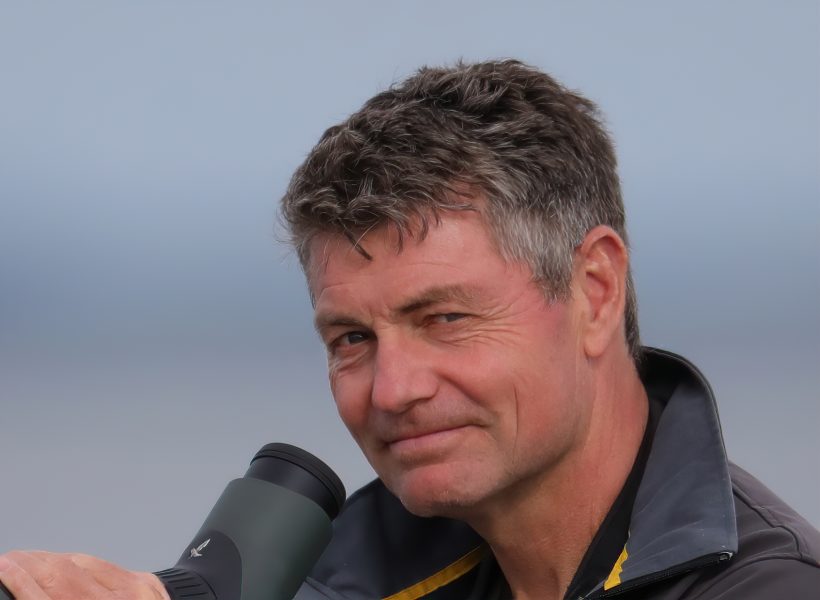
How did this book come about?
This book is the end result of three decades of bird ID study. I began by collecting ID features that were not in the regular guides, which I found useful. Some of these came from the ‘heavier’ literature and magazines, but some features I worked out myself or with my birding friends. Back then, I used to make self-printed booklets of them. It was text-only, with a simple listing of characteristics by species/plumage type. I was doing it purely for myself, but soon others wanted copies of what I had prepared. After some time, the Dutch Birding Association became interested in publishing it as a book, so we brought out in a guide book format. At this stage, it was still a text-only guide. For the book I added many more characteristics from my field experience and refined the text to make it accessible to more birders. In 2011, an updated version of this guide was also published in English as the ‘Advanced Bird ID Guide: The Western Palearctic’. This was published in association with the journal British Birds.
At the time of publications there were four major checklists of birds. Namely, the eBird Clements Checklist, IOC World Bird List, Howard and Moore checklist and the HBW and BirdLife International Checklist of the Birds of the World (HBW). You chose to follow the IOC list. Was there a reason for this?
Until recently, I considered the IOC World Bird List to be the most internationally used/accepted list, so we converted the whole book to the taxonomy according to that list. In the first Dutch version, we still kept the CSNA list (CSNA is the Dutch taxonomic committee) which is by far the most progressive where spilts are concerned. But we have now also converted the Dutch version of the book to the IOC World Bird List because we no longer want to be an outsider in the Netherlands.
Which books were the key sources of reference?
In fact, too many to list here. In the book, of course, is the list of all books consulted. A relatively new source, for me at least, is the Ebird’s photo database. Of course, you have to be wary, as not all identifications are correct, but it is a huge source of photos.
Which journals do you find most useful to keep abreast of the latest papers for identification and taxonomy?
British Birds and Dutch Birding. I think Ibis also has good articles, but from that magazine I have only used one article so far.
In June 2025, AviList was published which unifies the Clements, IOC and BirdLife checklists. Are there any noteworthy changes you would highlight in terms how of it will impact the book?
I haven’t looked at the differences with the IOC World Bird List yet, but I don’t really expect very many changes for Europe or the Western Palearctic. I assume AviList is going to become the commonly used list, so for subsequent publications of the book we won’t escape following that list.
In AviList, what was previously Heuglin’s Larus heuglini in your book is now a sub-species of Lesser Black-backed Gull Larus fuscus. Given the ID challenges posed by gulls, in a future edition, would you continue to show Heuglin’s Gull as a sub-species rather than amalgamating the page you currently have into an expanded account for Lesser Black-backed Gull?
Heuglin’s Gull was already a subspecies of Lesser Black-backed Gull in the IOC World Bird List, so it had already been adjusted in the latest on-going revisions I am making for a future edition of my book. Those adjustments only concern the spelling of the (sub)species names. For the content of my book, those lumps ultimately do not matter; as in those cases I will still include the field recognisable subspecies in still the full account.
Are there other lumps made in AviList which you consider worthy of comment?
AviList, as well as the I.O.C. have implemented a significant number of lumps, especially compared to taxonomic bodies like the Dutch CNSA. As commented above, it will not change the content of the book, as we are now left with recognisable subspecies instead of species. Notable examples where I am not entirely happy with the lumping are the great grey shrikes and the redpolls. They have lumped all taxa back to one species, maybe to start again from the beginning? For example, with the redpolls in Greenland, I think treating the different phenotypes as subspecies becomes problematic. With the repoll lump there are now two subspecies living side by side in the same area/habitat, namely hornemanni (previously classified as Arctic Redpoll) and rostrata (previously classified as Mealy Redpoll). I think this is not consistent with the definition of subspecies.
To take a similar but easier example, AviList also treats what was previously Hooded Crow Corvus cornix as being a subspecies of Carrion Crow Corvus corone. More generally, would you retain as sub-species accounts in a future edition any birds which are presently treated as distinct species in this edition?
Yes, that is then indeed a new lump compared to IOC. But again, the content of the book will not change, only it becomes Corvus corone cornix, instead of Corvus cornix. I do give myself the freedom, in cases where I think a lump will be temporary, to adjust the nomenclature, in this case to show it as Corvus (corone) cornix.
In your account of Iberian Chiffchaff Phylloscopus ibericus you note the need to hear the vocalisations to be certain of ID in the field. Do you think for a few species you will need to include vocalisations in a future edition?
No, for sounds there are other excellent sources. I am deliberately limiting myself to visible features, unless morphology is insufficient to confirm the ID and the vocalizations are essential.
DNA sequencing techniques continue to improve and we are seeing increased use of whole genome sequencing. Do you think that in 10 years time there will still be unresolved questions on the species status of European birds that are resident or regular visitors?
Yes, I certainly expect that. In the past 10 years, DNA has already revealed surprisingly similarities between species which we formerly thought were not closely related, or disproved strong relationships. With the increased possibility of sequencing the entire genome, I think new insights will continue for some time.

